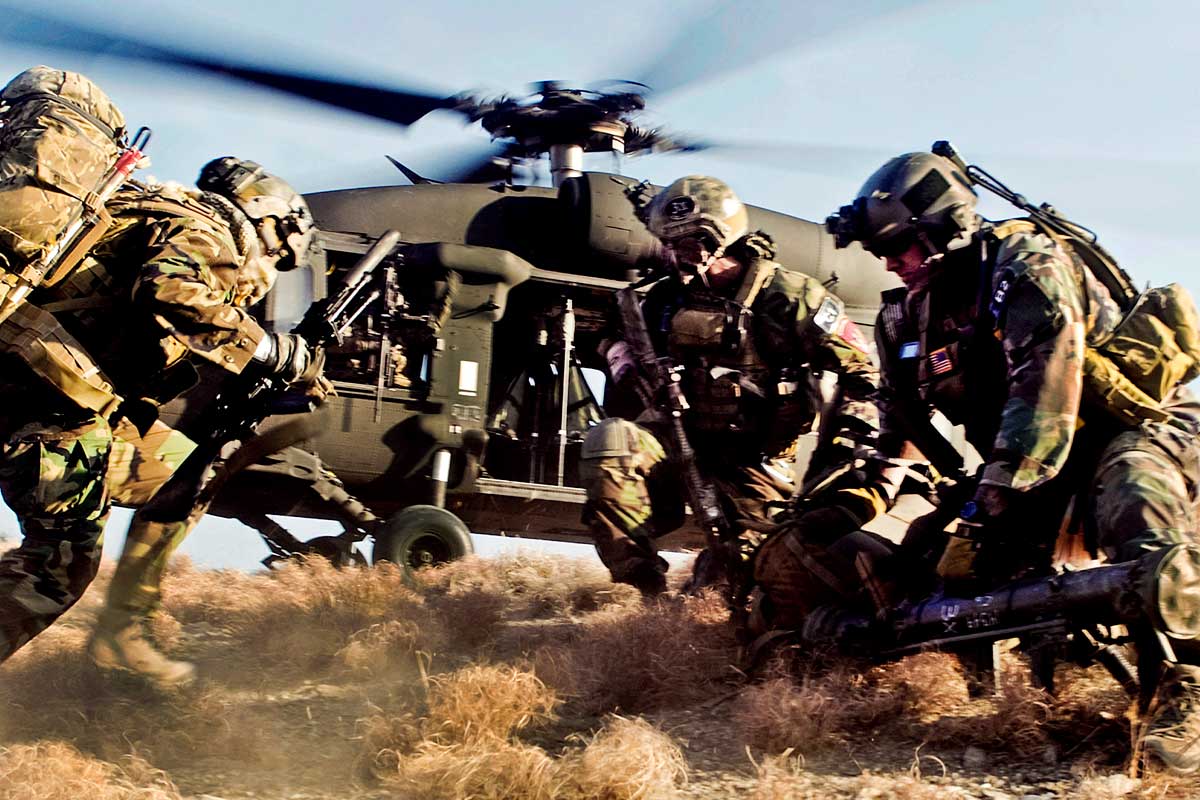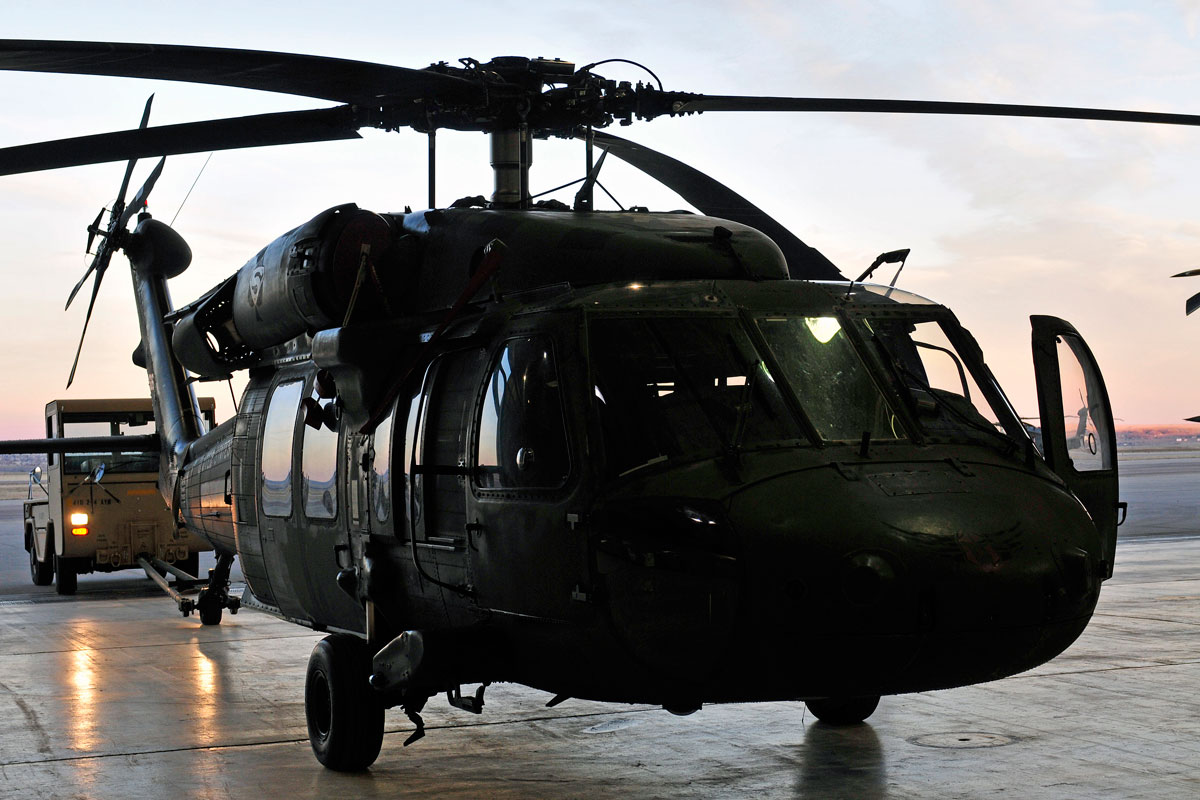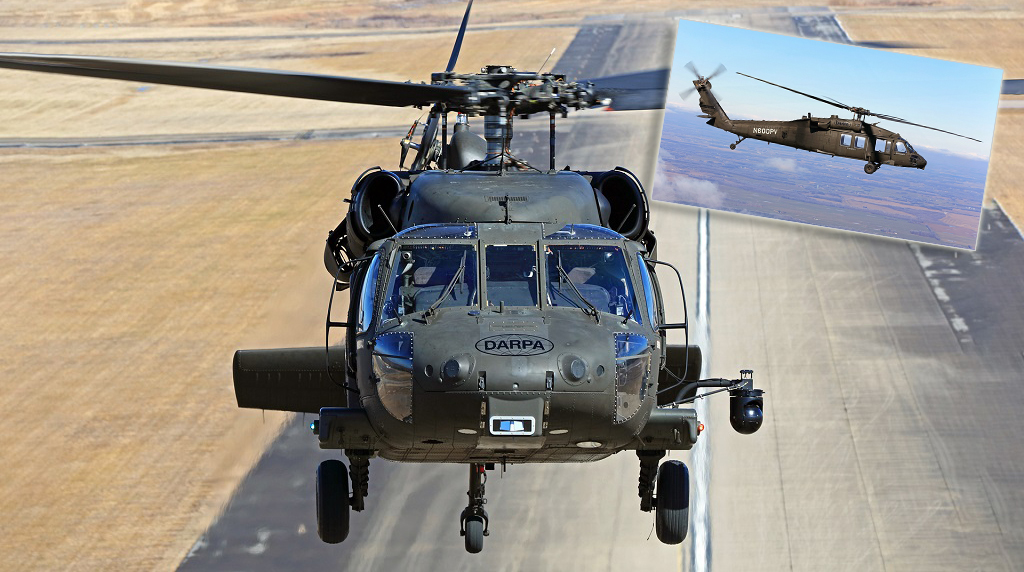History and Advancement of the UH 60 Black Hawk Helicopter
History and Advancement of the UH 60 Black Hawk Helicopter
Blog Article
Discovering the Innovative Technology Behind Aircraft Style and Engineering
The field of aircraft design and engineering is seeing a transformative change driven by ingenious technologies that boost efficiency, sustainability, and effectiveness. Advanced products such as carbon fiber compounds and titanium alloys are establishing new requirements, while wind resistant developments and fabricated intelligence are improving procedures and enhancing end results. As the industry faces the challenges of ecological obligation, developments in sustainable aeronautics technologies guarantee to reshape the future. The ramifications of these advancements extend beyond performance metrics; they might redefine the actual nature of air travel. What might this imply for the industry as a whole?
Advanced Products in Airplane Style
How can the assimilation of advanced products change airplane layout? The unification of innovative products, such as carbon fiber compounds, titanium alloys, and progressed porcelains, plays an important function in improving airplane efficiency and effectiveness.
Additionally, advanced materials display boosted resistance to deterioration and exhaustion, leading to lower maintenance prices and extensive service life. For example, using titanium in crucial parts helps endure extreme temperature levels and anxieties, while carbon fiber compounds give adaptability in design and production processes. This versatility permits even more wind resistant shapes, adding to remarkable performance attributes.
Moreover, the integration of smart products, which can alter residential properties in reaction to outside stimulations, opens brand-new opportunities for adaptive systems in aircraft layout. uh 60. These innovations promise not only to improve security and functional performance yet also to add to sustainability efforts by decreasing environmental impact through minimized emissions. In recap, advanced materials are redefining the landscape of airplane style, leading the way for much more effective, durable, and environmentally pleasant aviation options
Wind Resistant Technologies for Effectiveness
Wind resistant innovations play a pivotal function in improving aircraft performance, substantially influencing fuel intake and total performance. Breakthroughs in airfoil style, such as the introduction of supercritical wings, enable maximized lift-to-drag ratios, minimizing drag at transonic speeds. These technologies enable airplane to maintain greater speeds with lower gas expenditure, straight impacting operational expenses and environmental sustainability.
Furthermore, the integration of winglets has actually confirmed effective in mitigating vortex-induced drag at the pointers of wings, further boosting fuel efficiency - uh 60. This design alteration causes a reduction in wake turbulence, contributing to boosted aerodynamic efficiency during cruise conditions

In addition, computational liquid characteristics (CFD) devices have actually changed the screening and improvement of wind resistant forms, enabling specific simulations of airflow around airplane (uh 60). This makes it possible for engineers to innovate continually, guaranteeing that modern-day airplane not just fulfill page regulatory requirements yet additionally push the boundaries of efficiency in aeronautics

Role of Computer System Simulations
Computer system simulations have actually ended up being a vital device in the field of aircraft layout, enabling designers to carry out detailed evaluations and optimizations of various style facets. These simulations allow for the digital screening of wind resistant properties, structural integrity, and efficiency metrics long before physical models explanation are constructed. By using computational fluid dynamics (CFD) and limited aspect analysis (FEA), designers can predict exactly how air moves around the aircraft and exactly how various products will reply to stress and anxiety and stress.
Moreover, computer system simulations facilitate the expedition of a large range of situations and variables, accelerating the design procedure and reducing prices connected with physical screening. This capability not just improves the precision of predictions pertaining to airplane actions but also supplies insights right into potential layout renovations that might not be right away obvious via typical techniques.

Furthermore, simulations help make sure compliance with rigid safety guidelines by enabling designers to recognize and correct possible concerns early in the design phase. The combination of simulation modern technologies right into the aircraft layout process highlights the significant developments in engineering techniques, eventually contributing to the advancement of much safer, more efficient, and eco friendly airplane.
Artificial Intelligence in Engineering
Expert system (AI) is reinventing the design landscape, particularly in airplane layout, by optimizing and improving decision-making procedures design process. Via artificial intelligence formulas, AI can analyze vast datasets, discovering patterns and understandings that educate layout choices and improve general effectiveness.
AI applications in airplane layout include generative layout, where formulas develop numerous layout alternatives based on specified parameters, enabling designers to evaluate a more comprehensive series of possibilities. This not only increases the style stage yet additionally makes certain that the final products meet rigorous performance and security requirements.
Additionally, AI-driven anticipating analytics help with upkeep organizing by examining historic data and forecasting possible failings. This proactive approach reduces downtime and boosts airplane integrity.
In addition, AI aids in simulation and modeling, allowing engineers to test designs under different problems without the need for physical prototypes. This capability shortens advancement timelines and minimizes prices related to standard testing techniques.
Lasting Aviation Technologies
The answer lies in the fostering of sustainable aeronautics innovations that prioritize performance and decrease carbon emissions. Advancements such as lasting aeronautics gas (SAFs), which are obtained from eco-friendly sources, have arised as a crucial component in accomplishing reduced lifecycle discharges.
Furthermore, innovations in airplane design, such as the development of lighter products and more aerodynamically efficient shapes, contribute to improved gas performance. Electric and hybrid propulsion systems are additionally obtaining grip, supplying a path to reduce reliance on nonrenewable fuel sources and reduce greenhouse gas emissions.
The combination of these technologies is sustained by regulative frameworks and industry cooperations targeted at establishing ambitious sustainability targets. Furthermore, digital devices like information analytics and artificial intelligence can maximize trip operations, even more boosting fuel performance. By welcoming lasting techniques and modern technologies, the aviation market can not only meet the growing demand for air traveling but additionally official site play a pivotal duty in addressing environment adjustment, making certain a much more sustainable future for air transport.
Final Thought
The convergence of sophisticated materials, aerodynamic technologies, and cutting-edge modern technologies notes a significant evolution in aircraft design and design. The integration of carbon fiber composites, titanium alloys, and AI-driven procedures not only improves performance and effectiveness but also enhances process and anticipating upkeep.

Computer simulations have become an essential device in the field of airplane layout, making it possible for designers to carry out in-depth evaluations and optimizations of different style aspects.The merging of innovative materials, aerodynamic advancements, and innovative technologies marks a substantial advancement in airplane design and engineering.
Report this page